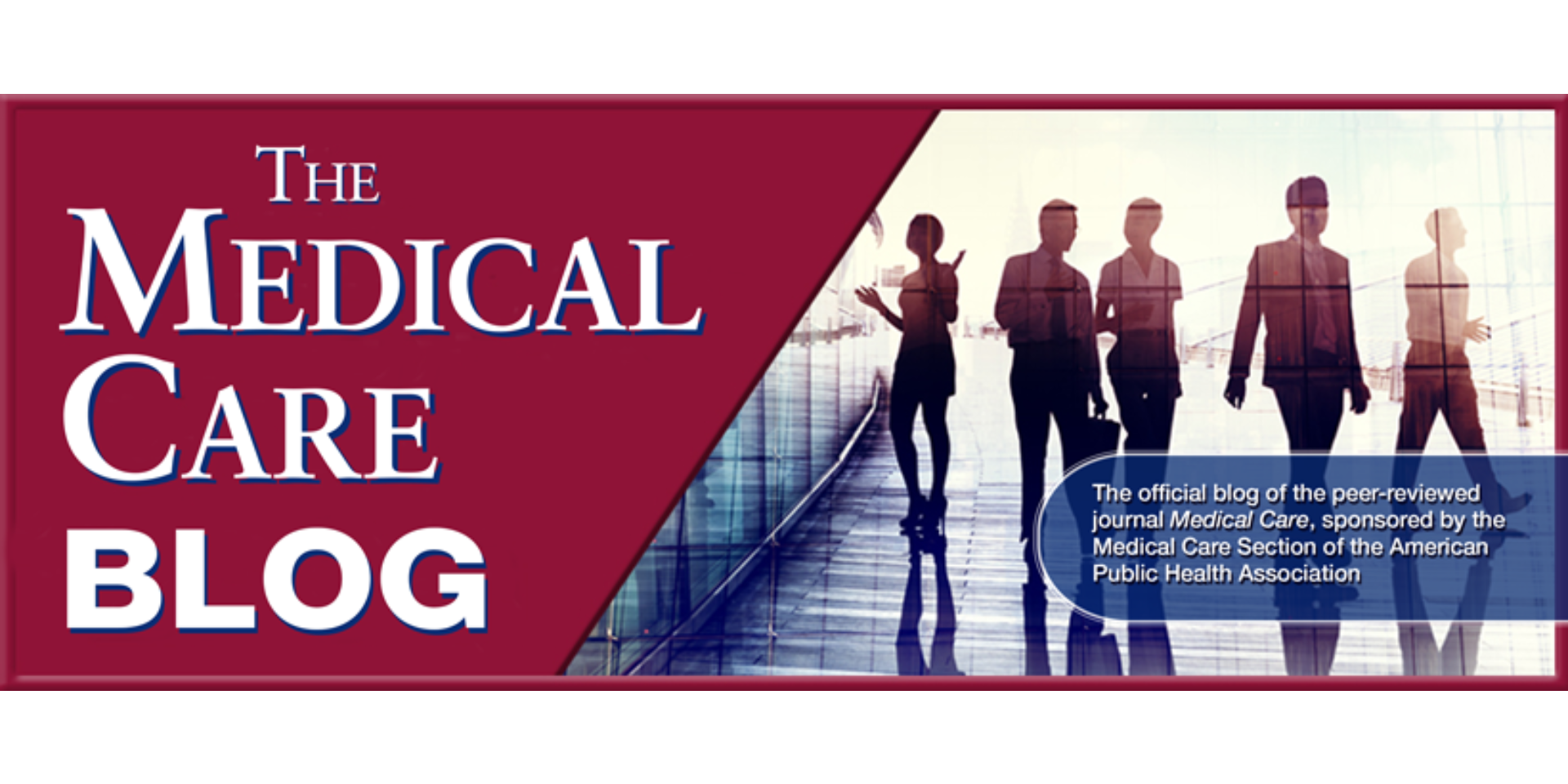We’re in a new landscape, where citizens sees themselves as agents for community public health and as part of the public health infrastructure.
My patient began to talk about COVID in her community.
She first told me the rates of infection from the previous weeks.
Then she told me what COVID strains were dominant at the moment in her community. Interestingly, this was during the Omicron surge, but she reported that Delta was still dominant in her community.
I thought about this from a B.C. (Before COVID) perspective.
Would this same patient have been able to access data on influenza, including the strains most prevalent?
Moreover, would she have even cared to look?
A new landscape, and an opportunity
 From the beginning months of the pandemic, when “flattening the curve” and “herd immunity” were suddenly spoken in casual conversations amongst the general public, we have seen an incredible new opportunity for public health. With the decentralizing of population health–moving away from the realms of academia and departments of public health–public health knowledge and interest is now in everyone’s hands.
From the beginning months of the pandemic, when “flattening the curve” and “herd immunity” were suddenly spoken in casual conversations amongst the general public, we have seen an incredible new opportunity for public health. With the decentralizing of population health–moving away from the realms of academia and departments of public health–public health knowledge and interest is now in everyone’s hands.
With that, we also have threats to science and public health with politicians and the media spinning facts to suit their own agendas. The general public, taking all of this in, feels more empowered to decide things for themselves, tuning into political pundits as they tune out their physician or local department of health.
What will our field of public health practitioners choose to do in this new landscape?
Here are two thoughts on where we must invest time and energy going forward:
1. Public health leaders must work to empower our patients and communities with data and science.
This is our chance to broaden the support for our field in a way that we have never had before. A person like my patient now stands up when she hears of cuts being made to state and federal public health infrastructure. She pushes for public health thinking about the schools that her children attend and her workplace.
2. We must find ways to craft the messages about science through politics and the media.
To sit on the side while these realms occupy the airwaves and minds of our communities is simply not an option. We need to tell our stories. We need to speak for science, defending and explaining it. Otherwise, other agendas will fill the void.
(I left the list intentionally short, as I hope this piece inspires you to think what your #3 and #4 would be. In fact, share them as comments on this post!)
Returning to my patient, I am ready to embrace this new landscape where citizens sees themselves as agents for public health and as part of the public health infrastructure. She represents a public that is ready to engage and act for the health of her community in a way never seen before the COVID pandemic.
The question that remains: Are we ready for her? Are we, the public health practitioners and clinicians ready to bring her and her fellow citizens onto our team?

